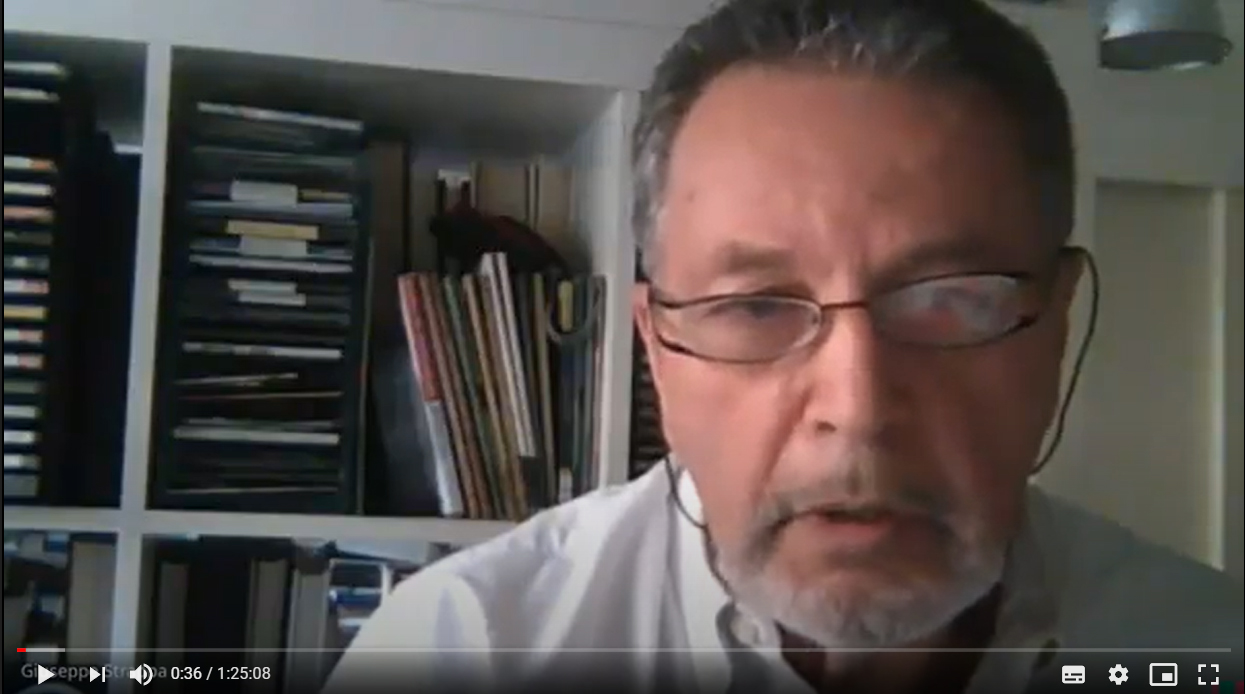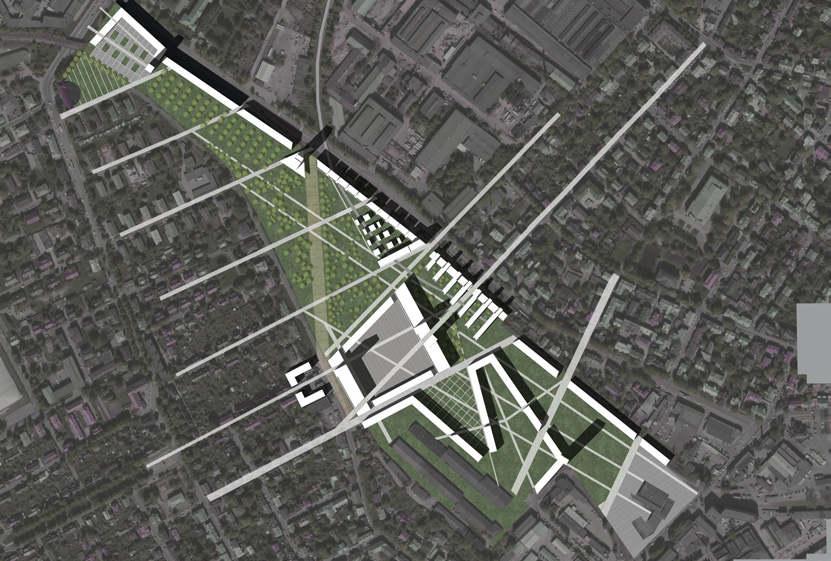UNIVERSITA’ DEGLI STUDI DI ROMA “LA SAPIENZA”. FACOLTÀ DI ARCHITETTURA
Master Course Ar 1051714
https://meet.google.com/imm-wjfy-per
Via Gianturco, room G 31, 3.30 – 7.00 pm
prof. Giuseppe Strappa , arch. Anna Rita Donatella Amato, arch. , arch. Francesca De Rosa. arch. Ermelinda Di Chiara, arch. Alessandra Pusceddu,
OPENING 7th OCTOBER – 3.30 pm
The course aims to teach a method of reading the built landscape through the knowledge of the forming processes common to urban fabrics and buildings. Despite their great variety and complexity, in fact, some common and continuous formative principles can be recognized in such processes. The basic notions of organism and process will be used to read the built landscape. The term “reading” does not indicate the simple and neutral recording of phenomena, but requires the active contribution of the reader, creating a synthesis of the will of the subject and the attitude of the object. The main purpose of the typological study proposed by the course is precisely the identification of the qualitative differences contained in the characters of the built reality, the recognition of the process of their formation and transformation, their internal dialectic of extensive exchanges and integrations.
- Program 1. PROGRAM UM 2020-21
- Schedule lectures 1. SCHEDULE lezioni 2020-21 – pdf
- Student opinion (2018-19) OPIS_2018_19_CdS_A(R)_Strappa
- Student opinion (2019-20) OPIS_1919-20

 chitecture – 1
chitecture – 1
